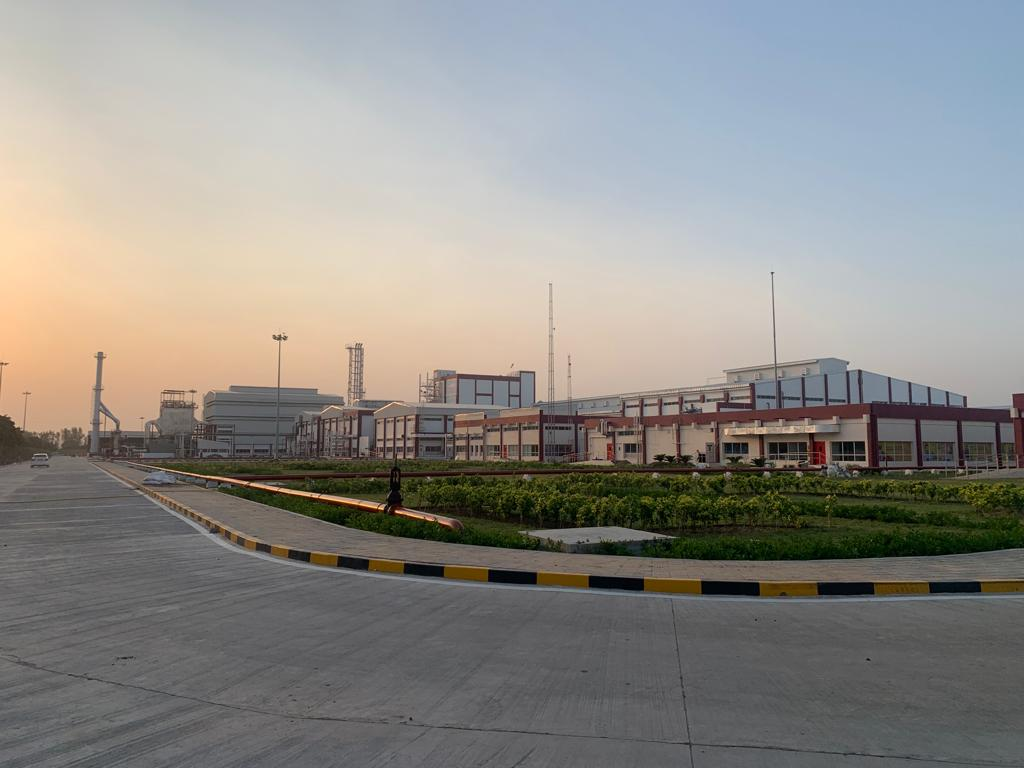Nestlé India posts strong Q2 results with high single-digit volume growth; domestic sales hit a record high for any quarter, driven by robust consumer demand across categories
Date: October 16, 2025
By: Business Desk
Nestlé India delivered a mixed yet noteworthy performance in the second quarter of FY26 (ended September 30, 2025). The company reported solid revenue growth driven by volume expansion and record-breaking domestic sales, although its bottom line was affected by rising input and operational costs. This quarter’s performance underscores both the strength and the challenges currently facing FMCG companies in India.
Key Financial Highlights

Revenue and Growth Trends
- Consolidated revenue: ₹5,643.6 crore (up 10.6% YoY)
- Standalone sales growth: 10.9% YoY
- Domestic sales: ₹5,411 crore – the highest ever in any quarter for Nestlé India
- Volume growth: High single digits across core categories
Profit and Margins
- Standalone profit after tax (PAT): ₹753 crore, down 23.6% YoY
- Consolidated PAT: ₹743 crore, down 17% YoY
- Decline attributed to high input costs (milk, cocoa, packaging) and elevated expenses
- Earnings Per Share (EPS): Approximately ₹3.90
Market Response
- Nestlé India shares hit a 52-week high post-results
- Strong investor optimism despite decline in profit due to confidence in volume-led growth
Performance by Segment
Confectionery
- Double-digit growth driven by KitKat, with Munch and Milkybar also performing well
- KitKat continued gaining market share, especially in rural markets
Beverages
- High double-digit growth in the powdered and liquid beverages segment
- Nescafé led the category, improving household penetration and leadership position
Prepared Dishes and Cooking Aids
- Strong growth in Maggi Noodles, Masala-ae-Magic, and other cooking aids
- Continued focus on affordability and accessibility in tier 2 and 3 cities
Milk Products and Nutrition
- Mixed performance in this segment
- Infant nutrition growth stable; adult milk products under slight margin pressure
Pet Food
- High double-digit growth in the recently integrated Purina and Drools portfolio
- Pet care segment set new sales records, contributing to portfolio diversification
Domestic Sales Surge to All-Time High

The most significant highlight of the quarter was the surge in domestic sales to ₹5,411 crore — a new record for any quarter in Nestlé India’s history. This reflects robust consumer demand and effective distribution strategies. Notably, volume growth — not just price increases — was the major driver, showing real expansion in consumer off-take.
Three of the company’s four major product groups delivered double-digit volume-led growth, reinforcing consumer preference for trusted brands during uncertain economic conditions.
Commentary from Management
Manish Tiwary, MD & Chairman, commented:
“Domestic sales grew at a double-digit rate, led by volume growth. Three out of four product groups delivered strong volume-led double-digit growth. Our domestic sales reached ₹5,411 crore — the highest ever recorded in any quarter.”
He emphasized that Nestlé is working closely with retail partners to pass on the benefits of recent GST rate cuts on select items, which could further stimulate demand.
Strategic Priorities
1. Core Brand Focus
Nestlé continues to build on its core portfolio — KitKat, Maggi, Nescafé — through innovation, advertising, and accessibility, particularly in semi-urban and rural markets.
2. Distribution Expansion
Deeper rural penetration remains a top priority. The company is focusing on increasing its presence in tier 3 and 4 cities and leveraging modern trade and general trade channels alike.
3. Digital and Quick Commerce Growth
Quick commerce platforms contributed significantly to sales, with particular momentum in metro cities. Online-first SKUs and digital campaigns are being increasingly prioritized.
4. Manufacturing Capacity
Nestlé is investing in its 10th manufacturing facility in Odisha to enhance scale and reduce supply chain stress in Eastern India. The plant is expected to become operational in early 2026.
Input Cost Challenges
While the company posted strong revenue numbers, rising input costs affected profitability. Prices of key commodities like milk solids, wheat, sugar, cocoa, and packaging materials remained high. Energy and logistics costs also added pressure on margins.
In response, the company is:
- Optimizing procurement contracts
- Improving supply chain efficiencies
- Leveraging scale in manufacturing to offset rising costs
E-commerce and Modern Trade
Nestlé saw continued growth in e-commerce channels, especially for categories like instant coffee, cereals, and chocolates. Quick commerce apps contributed significantly to impulse categories like KitKat and Maggi.
Modern trade and digital channels now make up a considerable portion of revenue, especially in metros and tier-1 cities.
Investor and Analyst Sentiment
While net profit decline raised concerns, analysts were generally positive due to the strong volume-led growth. Many view this as a healthier and more sustainable trend compared to price-led inflationary growth.
Brokerages responded with cautious optimism:
- Positive outlook for H2 FY26 if margins improve
- Focus on rural demand and commodity trends as key future indicators
- Valuation remains premium, but justified by consistent performance and brand moat
What to Watch Going Forward
- Raw material inflation trends: Will cocoa, milk, and packaging costs ease in the coming quarters?
- Rural demand: Especially critical as rural India remains sensitive to inflation and income changes
- GST benefits: Will tax cuts lead to price drops and trigger increased volume growth?
- Pet food business: Continued growth in the Drools and Purina segment can offer portfolio diversification
- Execution of Odisha plant: Timely launch of the 10th facility could relieve capacity stress
Broader FMCG Sector Implications
Nestlé’s performance signals continued resilience in the FMCG sector despite inflationary headwinds. The record domestic sales number could act as a benchmark for peers.
Key takeaways for the sector:
- Volume growth remains achievable with brand trust and distribution depth
- Margin protection will require strategic sourcing, innovation, and selective price increases
- E-commerce and quick commerce will increasingly shape future sales strategy
Also Read : Virat Kohli’s viral X post before IND vs AUS ODI series turns out to be an ad















 Categories
Categories









